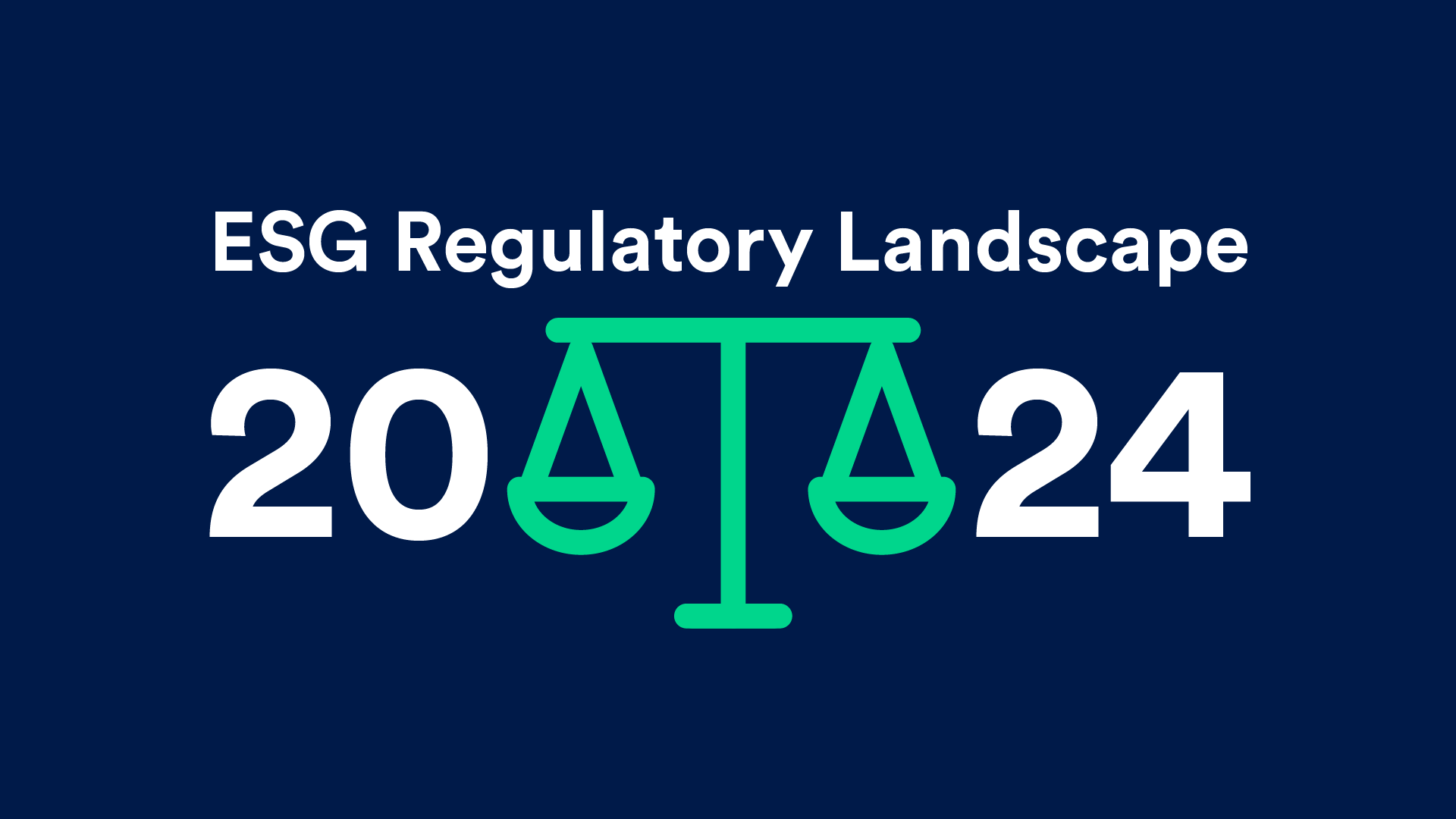To give up on CSR and embrace the impact.
First of all, a little reminder: what’s CSR and ESG all about again?
Every company has negative impacts due to its activity, existence, operations, etc. What CSR (Corporate Social Responsibility), in a business context, and the ESG approach (Environnement Social & Governance) in the investing context, are mostly doing, is to reduce the negative impact or the risk of their occurence, with the goal of sustaining the profit-based mission of the company. Because, let’s remember: the less negative impacts, the less reputational costs that can materialize in lawsuits, fines, but also sometimes the less daily costs (water and electricity, etc.)
In theory, there’s nothing fundamentally wrong about these approaches. Actually, this is what we call sustainable development. However, these methodologies are not fit to solve today’s major environmental and social issues. The truth is, changes will never be deep enough as long as profit remains the only motivation for business.
In theory, there’s nothing fundamentally wrong about these approaches. Actually, this is what we call sustainable development.
Because, for most companies who are not “impact companies” as we call them (meaning their first mission is to make profit and not to create a social or environmental impact), CSR initiatives are quickly thrown out of the window as soon as there is any kind of profit decrease in sight.
Considering the breadth of the social and environmental consequences of our human activities on the planet, it seems that such approaches won’t be sufficient to solve the problems we’re facing in time: climate change, decrease of biodiversity, pollution, public health issues, extreme inequalities, and so on.
The U.N have actually done a pretty good job by defining the most urgent issues to tackle, with the 17 Sustainable Goals. These 17 goals are targeted to governments, citizens and most importantly to companies, who inevitably hold the keys to solve our environmental and social global problems.
But to tackle these goals efficiently, there is now no more doubt that ESG and CSR approaches have reached their limits. It’s become clear that it’s time to level up on these traditional approaches, and to become more ambitious, by starting to use the impact approach.
Human and ecosystem resilience, or the absurd current status quo.
In response to the consequences of our human activities on our planet, we’ve been arguing that human resilience and ecosystem resilience will always save us and that no matter what, we’ll (almost) be fine. (That might be true for a tiny percentage of the population who’ll have by then saved enough money and resources to be able to hide somewhere safe.) But in reality, industrial activities’ consequences have now widely damaged our ability to remain resilient. Many of us are therefore challenging the old status quo. For a reason.
Are we going to keep ignoring our footprint, as citizens, as companies, and eliminate all our chances of resiliency until the point where we will inevitably have triggered our own collapse?
Or will we eventually get out of the profit-at-any-price ideology for good? Will we dare to be ambitious enough and go tackle our global problems to improve that status quo?
This second approach , we call it impact.
The impact approach consists in both taking into consideration and reduce negative impacts AND create environmental and social wealth, where the needs are obviously the most urgent. Many believe this role should be played by companies (among others). At impak, we believe it too.
To hear an investor claiming they’re ”actively fighting against climate change because they invest in a company who’s boasting reaching a 5% decrease in CO2 emissions” doesn’t sound right (true story by the way). It just confirms that there’s an urgent need for the investing and the business world to make a difference between ESG, which is equal to say ‘’ I do my best to reduce the bad’’ with the impact approach, which means ‘’ I bring a real solution to one of the most urgent problems’’.
There’s an urgent need for the investing and the business world to make a difference between ESG, which is equal to say ‘’ I do my best to reduce the bad’’ with the impact approach, which means ‘’ I bring a real solution to one of the most urgent problems’’.
Think about it. Should we try to fly a little less, or find new clean ways to travel?
Should we create pesticides that are a bit less destructive or engage ourselves in an agriculture that enriches biodiversity and our soils’ fertility ?
Should we keep recycling our plastic bottles or change our daily habits so we won’t need so much packaging anymore?
Should we create even more useless needs for people who have a deep wallet or bring much more affordable and vital products and services to the people who desperately need them?
Think about it. As an investor, as an entrepreneur, as a citizen, do we truly want to fix our shared world in time or do we simply want to pretend and do green-washing?
The impact methodology has been created with the goal of fixing ESG’s weaknesses and inevitably to replace them. For everybody’s sake. Let’s just go with it. It’s about time.


